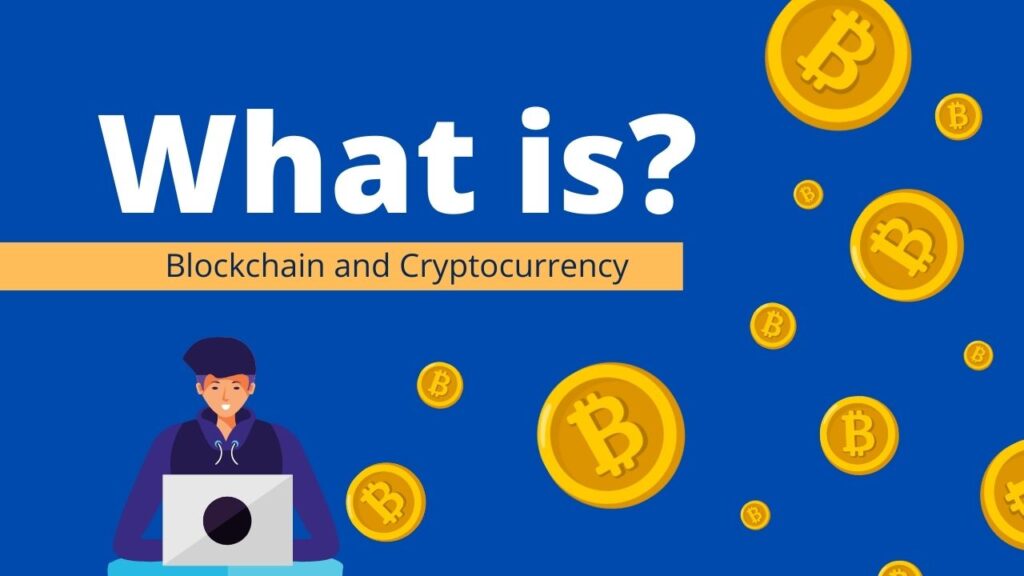Introduction to Blockchain Technology – Blockchain technology has emerged as one of the most transformative innovations of the 21st century. Originally conceptualized in 2008 as the underlying technology for Bitcoin, blockchain has since evolved into a versatile tool with applications spanning industries like finance, healthcare, supply chain, and governance. At its core, blockchain is a decentralized, distributed ledger that records transactions in a secure, transparent, and immutable manner. Unlike traditional centralized systems, blockchain operates on a peer-to-peer network, eliminating intermediaries and fostering trust through cryptographic validation. This article explores the intricacies of blockchain development, covering its foundational principles, development processes, real-world applications, challenges, and future trends.
Core Concepts of Blockchain Development
Decentralization and Distributed Networks
Blockchain’s decentralization ensures no single entity controls the network. Nodes (computers) collaborate to validate transactions, enhancing security and resilience against attacks.
Cryptography in Blockchain
- Hash Functions: SHA-256 (used in Bitcoin) converts data into fixed-size strings, ensuring integrity.
- Public/Private Keys: Enable secure user authentication and transaction signing.
- Digital Signatures: Verify transaction authenticity.
Consensus Mechanisms
- Proof of Work (PoW): Miners solve complex puzzles (e.g., Bitcoin). High energy consumption.
- Proof of Stake (PoS): Validators stake tokens (e.g., Ethereum 2.0). Energy-efficient.
- Delegated Proof of Stake (DPoS): Stakeholders vote for delegates (e.g., EOS).
- Practical Byzantine Fault Tolerance (PBFT): Used in Hyperledger for enterprise solutions.
Smart Contracts
- Self-executing contracts coded on blockchain (e.g., Ethereum’s Solidity). Automate processes like payments or asset transfers without intermediaries.
Tokens and Cryptocurrencies
- Utility Tokens: Access platform services (e.g., Filecoin).
- Security Tokens: Represent ownership (e.g., real estate).
- Stablecoins: Pegged to fiat currencies (e.g., USDC).
The Blockchain Development Process
Choosing a Blockchain Platform
- Public Blockchains: Ethereum (smart contracts), Bitcoin (payments).
- Private Blockchains: Hyperledger Fabric (enterprise), R3 Corda (finance).
- Hybrid Blockchains: Combine public and private features.
Setting Up the Development Environment
- Tools: Truffle Suite, Hardhat, Remix IDE.
- Testnets: Ropsten (Ethereum), Solana Devnet.
Smart Contract Development
- Write code in Solidity (Ethereum), Rust (Solana), or Golang (Hyperledger).
- Example: A decentralized voting system with voter authentication.
Testing and Deployment
- Use frameworks like Mocha/Chai for unit testing.
- Deploy to mainnet after audits (e.g., OpenZeppelin).
Interacting with dApps
- Frontend integration using Web3.js or Ethers.js.
- Wallets: MetaMask, Phantom.
Maintenance and Upgrades
- Monitor with Tenderly or Chainlink Oracles.
- Implement upgradeable contracts via proxies.
Real-World Applications of Blockchain
Financial Services
- DeFi Platforms: Uniswap (decentralized exchanges), Aave (lending).
- Cross-Border Payments: RippleNet reduces transaction times.
Supply Chain Management
- IBM Food Trust tracks produce from farm to store.
- VeChain ensures luxury goods authenticity.
Healthcare
- Medical records secured on MedRec (Ethereum).
- Drug traceability via Chronicled.
Voting Systems
- FollowMyVote enhances election transparency.
NFTs and Digital Ownership
- Art: OpenSea marketplace.
- Gaming: Axie Infinity’s play-to-earn model.
Challenges in Blockchain Development
Scalability
- Bitcoin processes 7 TPS vs. Visa’s 24,000 TPS.
- Solutions: Layer 2 (Lightning Network), sharding (Ethereum 2.0).
Energy Consumption
- PoW blockchains face environmental criticism. Shift to PoS reduces energy use by 99%.
Regulatory Uncertainty
- Varying laws across regions (e.g., SEC vs. MiCA in the EU).
Interoperability
- Polkadot and Cosmos enable cross-chain communication.
Security Risks
- Code vulnerabilities (e.g., DAO hack). Audits and formal verification mitigate risks.
Future Trends in Blockchain Development
Decentralized Autonomous Organizations (DAOs)
- Community-driven governance (e.g., MakerDAO).
Integration with AI and IoT
- AI-driven smart contracts (Chainlink).
- IoT devices on IOTA for machine-to-machine payments.
Central Bank Digital Currencies (CBDCs)
- Digital Yuan (China), e-Naira (Nigeria).
Quantum-Resistant Blockchains
- Post-quantum cryptography to counter quantum threats.
Sustainability Initiatives
- Blockchain for carbon credit tracking (Climate Trade).
Conclusion
Blockchain development is reshaping industries by enabling trustless, transparent systems. While challenges like scalability and regulation persist, advancements in consensus algorithms, cross-chain solutions, and quantum resistance promise a robust future. Developers and organizations must stay agile to harness blockchain’s full potential.







